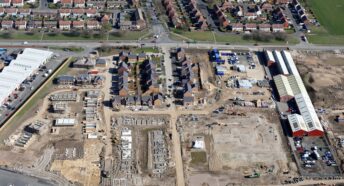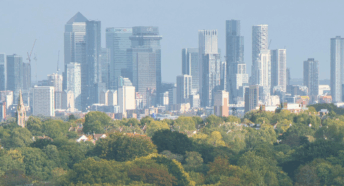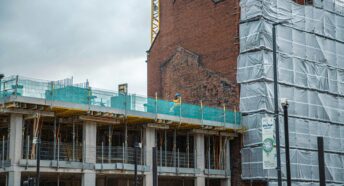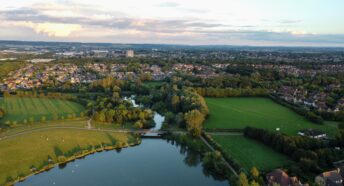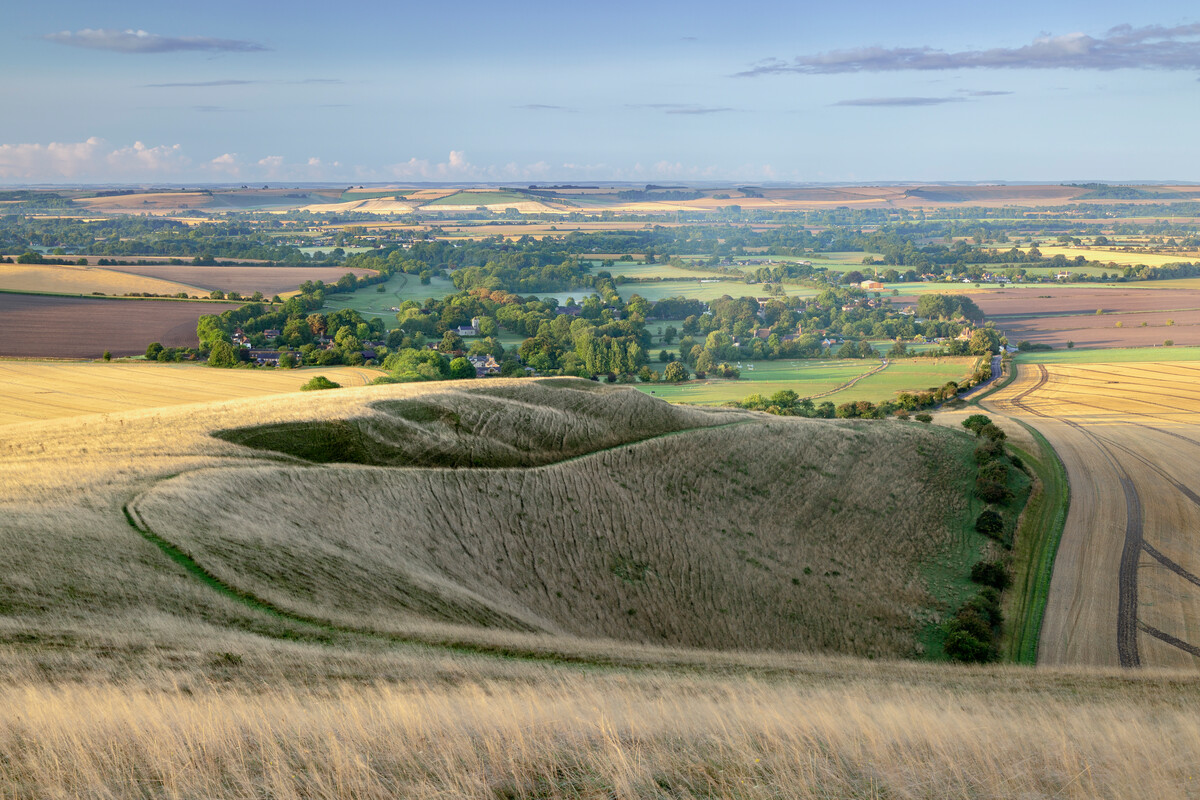Building on derelict land has huge potential to regenerate towns and cities
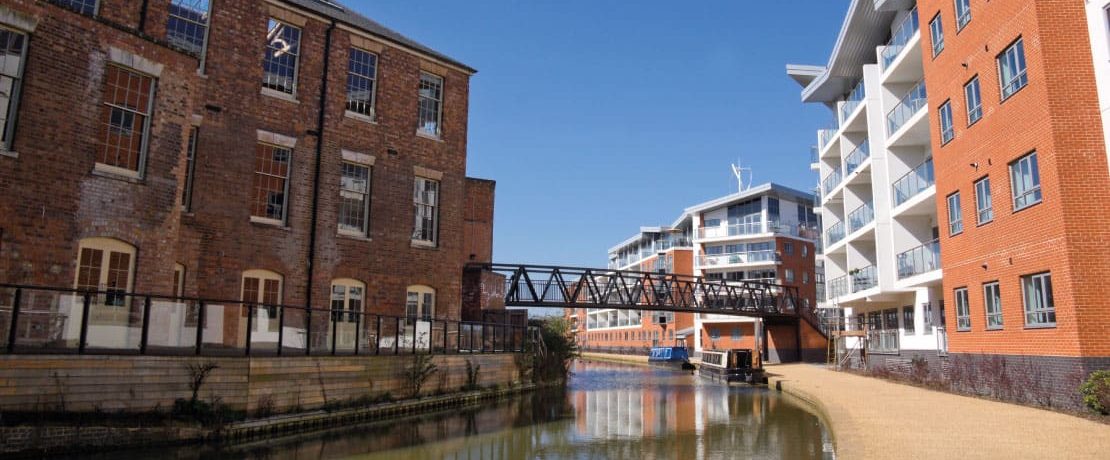
Our analysis shows building on derelict land has huge potential to regenerate towns and cities.
We need to build more homes in England. And there’s plenty of available brownfield land in our towns and cities that’s perfect for new housing – enough, in fact, for one million homes. So why aren’t we using it?
Up until recently, we’ve bumped up against a major barrier to the proper use of our brownfield land: the lack of a systematic way of finding and recording it. We’ve long campaigned for a national register of brownfield land, where councils record how much available land is available in their area – and, in 2017, the government brought one in.
Now, nearly all councils in England have published their surveys of available brownfield land, and the data shows we were right. Our analysis shows there is indeed land for more than one million homes. Two-thirds of sites are ‘shovel ready’ and could be built on immediately. As well as providing an opportunity to deliver the homes we need now, our analysis shows that brownfield land could provide a steady stream of housing, given that more than 120,000 of the potential new homes have been added to the registers in the past year alone.
Developments on greenfield land are usually on the outskirts of cities and towns, with poor transport links, lack of services like schools and GP surgeries, and forcing people to drive to get around. Making the best use of brownfield land means new development can occur in built-up areas, bringing homes, jobs and services closer together, reducing car dependence, removing local eyesores and improving communities.
Whether it’s old factory sites, car parks or waste ground, the regeneration of urban brownfield is an essential part of building homes while protecting the countryside. It can also help regenerate our cities, and there is a strong social, environmental and economic case for prioritising the use of brownfield land.
Obviously, brownfield can’t provide all the housing sites we need. But it’s important to remember that brownfield land is a renewable resource; new sites are identified all the time as land use patterns change.
We’ve got a great opportunity to make the most of brownfield land. Let’s not let it pass us by.
A version of this article originally appeared in Inside Housing



